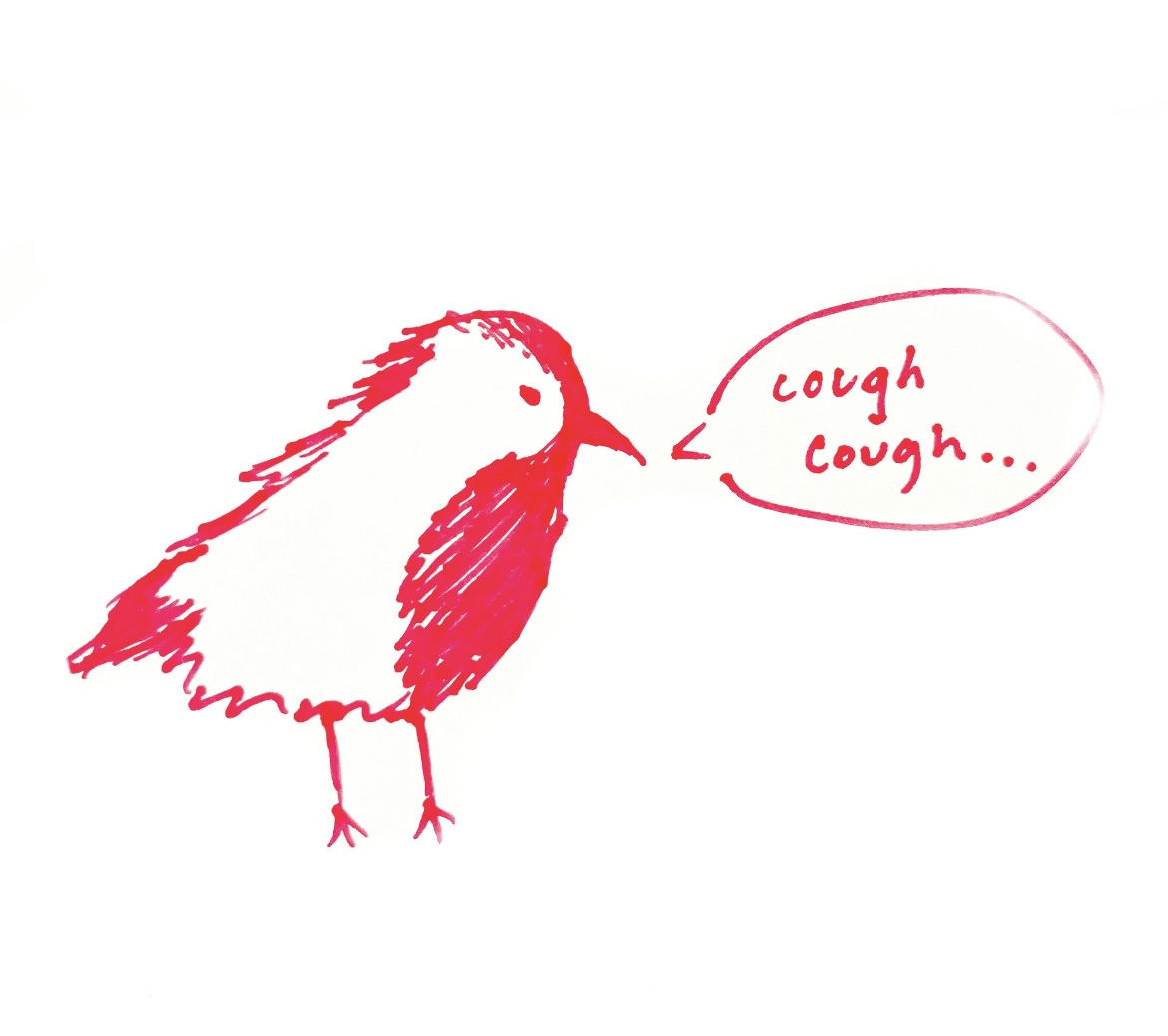Seventy years ago, 55 cents could buy you a dinner at Whitman’s dining halls. Students from the ‘60s are pictured in Lyman Hall eating in suits, and diners used to be waited on. Despite these changes, dining halls have always served as a warm environment for the Whitman community to come together.
 Looking at Whitman’s dining halls in the past several decades reveals both how much times have changed and how little the difference between dining halls in 1943 and 2013 really is. Dining halls have always been a place for the Whitman community to gather and foster a campus community.
Looking at Whitman’s dining halls in the past several decades reveals both how much times have changed and how little the difference between dining halls in 1943 and 2013 really is. Dining halls have always been a place for the Whitman community to gather and foster a campus community.Students today enjoy the all-you-can eat style in the dining halls, but in 1947, when Coach Strong frequented the dining halls, people were served a limited portion. But this doesn’t mean Coach Strong didn’t try to find a way to get more food.
In 1947 Mrs. F. Borgens, a member of the dining hall staff, wrote a letter to President Anderson concerning Coach Strong who was “causing an ill feeling with my waiters.” Coach Strong had frequently cheated the dining hall of extra milk and desserts by making students give theirs to him or giving waiters grief for not giving him an extra steak. He was also charging his meals to President Anderson.
“All of my waiters are so resentful at his attitude in the Dining Room that they hate to wait on that table when he is there,” said Borgens in her letter. “He eats as much as three boys so I think he is eating there because his wife can’t afford to feed him.”
 Though still a ways in the past, dining halls in the 1960s look more similar to our dining halls today than they did in the ’40s, as waiters turned into people like Jane Mills ’63 who served a line of students holding lunch trays.
Though still a ways in the past, dining halls in the 1960s look more similar to our dining halls today than they did in the ’40s, as waiters turned into people like Jane Mills ’63 who served a line of students holding lunch trays. “Kids filed in and walked down a buffet line with a plastic empty tray, we faced them and asked them which of the hot entrees they would like, and they could ask for a heaping serving if they wanted or skip the vegetables,” said Mills, who worked in the dining halls all of her four years at Whitman. “We had a self-serve salad bar –– I remember kids piling on the croutons and ranch dressing, [and] self-serve soda.”
Mills said that the still-beloved weekend brunch was always especially packed.
In her time working in the dining halls, Mills served food from the casserole pans and eventually moved up to a higher-ranked dishwasher position. Although she had to be at work at 6:15 a.m. for breakfast shifts, Mills said she enjoyed the break from her regular Whitman life.
“I remember I got to really look forward to a few moments each day with non-Whitties,” said Mills. “The professional food-service folks were older and didn’t ask whether you had finished your paper that was due that day … Also, as a freshman I remember I liked working alongside upperclassmen. I thought they were cool cats.”
Pat Smith ’61 worked in Lyman Dining Hall and the Phi Delt kitchen as a student. The relationships he built in the Phi Delt kitchen proved significant for Smith. Smith and his three coworkers have done 27 (soon to be 28) “adventure trips” together, everywhere from Chile to Antarctica. Unsurprisingly, then, Smith said he most appreciated the community Whitman’s dining halls created.
“Lyman Dining Hall was always busy and friendly. By the end of the semester everyone knew each other,” said Smith. “The camaraderie of living with others of a diverse background was truly rewarding and life changing.”
Not everything was good about Whitman’s dining halls in the ’60s, however. While dining halls fostered camaraderie and a warm place to visit with friends, students expressed dissatisfaction with the quality of food.
“[The] food was universally mediocre/institutional,” said Packard Phillips ’61.
Mills agreed that the food could have stood some changes.
Phillips preferred food from fraternity kitchens to that of the dining halls.
“Meals at fraternity were much better, less institutional [and] more family –– we hired the cooks so they were responsive to wants and needs,” said Phillips.
But while Phillips was still a first-year, he and his classmates found ways to improve their dining hall experience. On one occasion, all first-year men refused to eat at the dining hall (at that time Lyman).
“[The] food improved!” said Phillips.
By 1969 students could expect a fairly varied menu every day. On Sunday, Dec. 14, for example, students could choose from fried chicken, mashed potatoes and gravy, frozen peas, jellied fruit salad and chocolate sundaes.
Though the food might have improved since Phillips’ time, problems persisted. In 1981 Whitman published a collection of reports on the quality of Whitman’s dining halls, which exposed a disconcerting lack of adherence to state health codes and kitchens conditions.
“Most shelves and counters are wooden,” says one report. “Wood is not acceptable by the health department and should be replaced.”
Working conditions were also in need of improvement.
“Lack of air conditioning, not only in the cook’s area but the entire kitchen, increases problems with insects,” continues the report.
Another report stated that “A preponderance of the kitchen equipment is obsolete, unsanitary and out of code.”
Regardless, Lynne Cohee ’83 enjoyed her dining hall experience. She lived in Jewett Hall and Prentiss Hall for most of her time at Whitman, and said people mostly ate where they lived. Unlike today, Jewett was open all week, so residents of Jewett and Lyman never had to make the trek to Prentiss on the weekends. This meant everyone in the dining halls was a regular.
“We all knew each other,” said Cohee.
“The school was a little smaller then. I think we were at about 1,100 students when I was at Whitman,” said Cohee.
Like today, the dining halls provided a sense of home within the dorms.
“It was very busy and friendly. One of my favorite Jewett Dining Hall memories was that they did a midnight pancake breakfast during finals,” said Cohee.
From coaches to professors to students, meals have always brought the campus together in ways unlike classrooms do. Despite the evolution Whitman’s dining halls have gone through, they have always been a center for the development of Whitman’s community.













